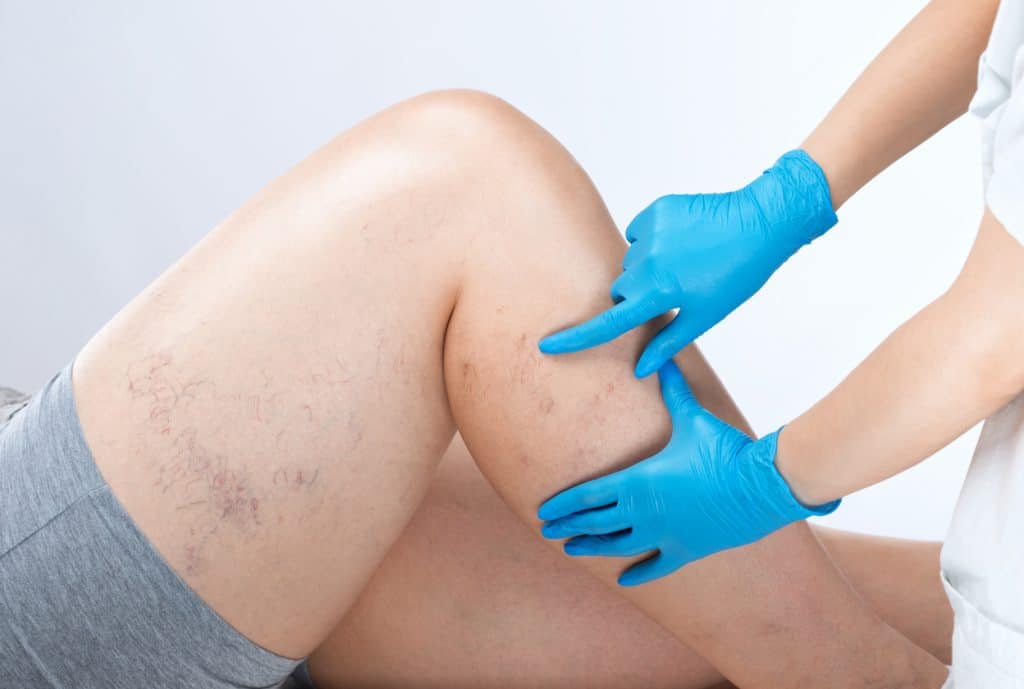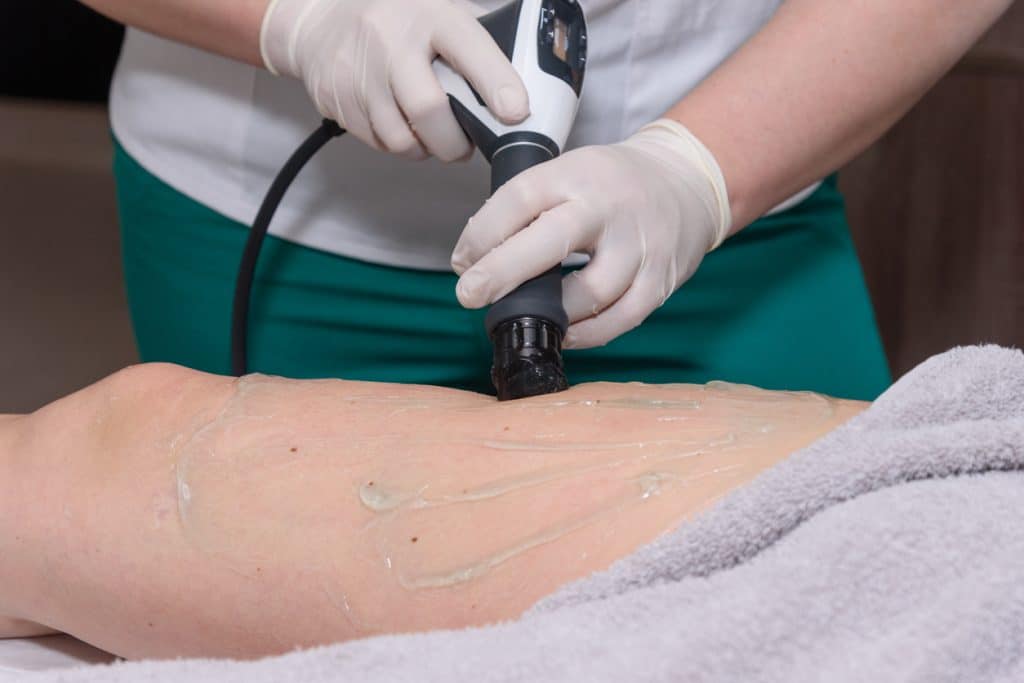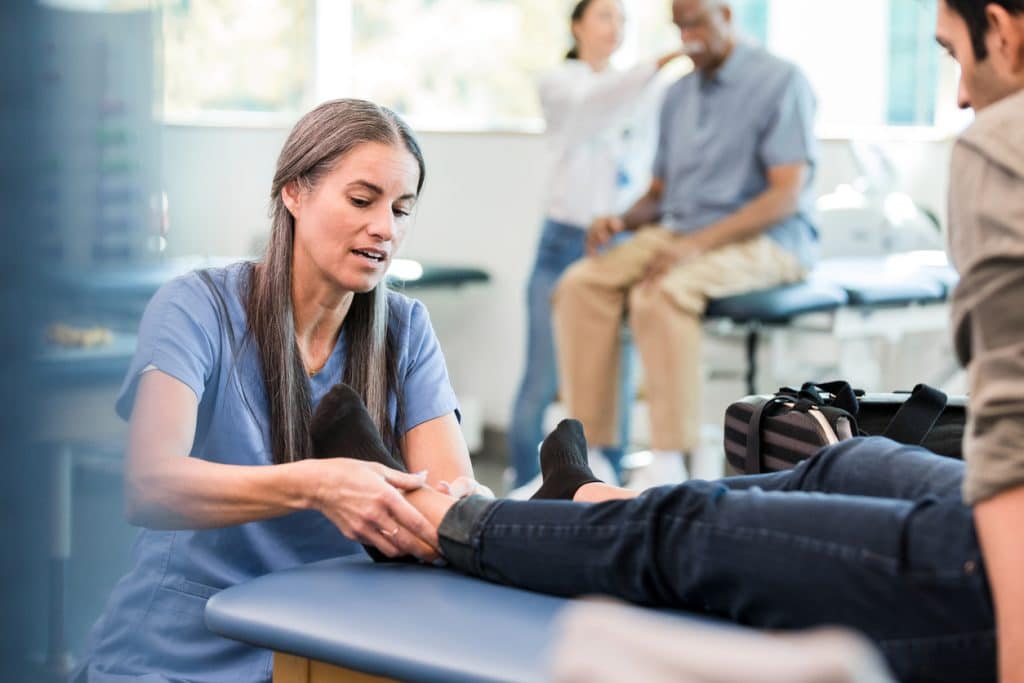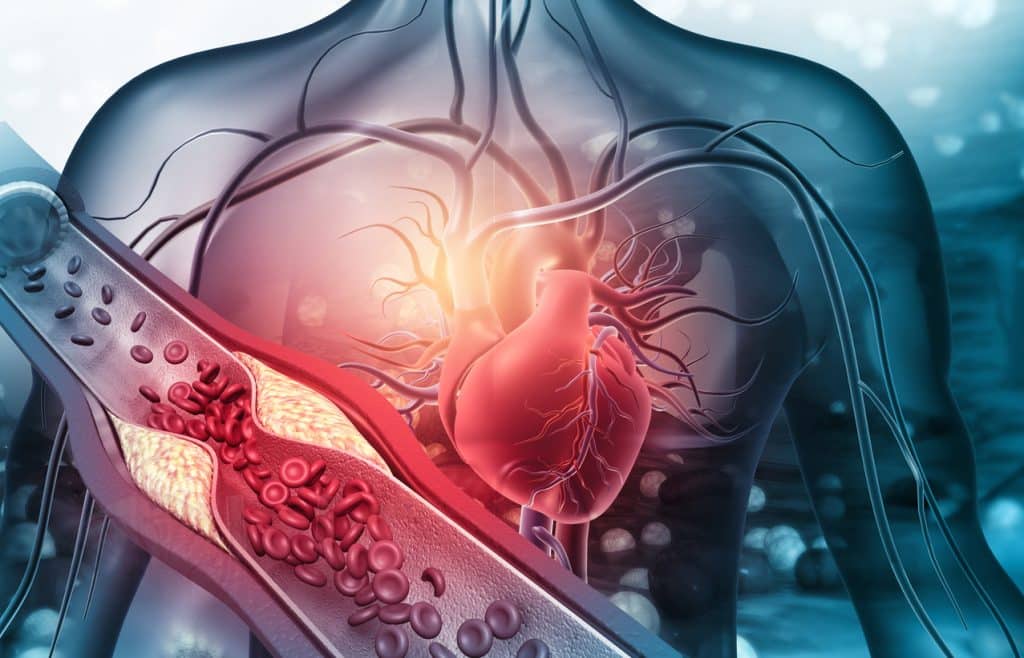Blood makes or breaks a person’s health. More than 200 million people have artery disease. Someone who has artery disease is twice as likely to have heart failure.
You must know about the threats to your blood and vascular health. Peripheral vascular disease is a significant condition, yet few people know about it.
What is peripheral vascular disease? What are its symptoms, and what pre-existing conditions can cause it? How can someone receive help for it from a Houston doctor?
Answer these questions and you can have healthy blood flowing through you in little time. Here is your quick guide.
The Essentials of Peripheral Vascular Disease
A person has two main sets of blood vessels. Their arteries carry blood from their heart out into their body. Once their blood reaches their extremities, their veins help it return to their heart.
Peripheral vascular disease (PVD) occurs when their blood vessels become narrow or blocked. It can affect their arteries, veins, or both. But most people experience PVD in their extremities, namely their legs and feet.
Many people have heard of the term, “peripheral arterial disease.” Some doctors use this term to refer to PVD that affects arteries. But others use the term interchangeably, as PVD often affects arteries and veins at the same time.
Peripheral Vascular Disease Symptoms

Most people with PVD feel their first symptoms in their legs. They have painful and stabbing cramps that occur or become worse with exercise. The pain goes away once the person has time to rest.
They may notice some changes to their skin simultaneously. Their skin may feel cold, even on a hot day. The skin may seem brittle or shiny, and they may lose hair on their legs.
Someone may sustain a wound after they go for a run or stretch their legs. But their wound may not heal, especially if it is on their ankle or knee. Their muscles may feel heavy and they may struggle to move their feet over time.
As PVD progresses, the symptoms can become worse. A person may experience extreme pain and discoloration where their arteries are blocked. On rare occasions, the tissue in their legs may die, causing them to develop gangrene or arterial ulcers.
Some people may not experience symptoms of PVD. They may have enough blood flow to their legs or organs that they don’t notice anything.
Keep in mind that the symptoms of PVD overlap with many other conditions. Someone with a disorder in their nerves may experience leg pain and muscle weakness. Anyone with significant leg pain should go to their doctor for help.
Causes and Risk Factors
The main cause of PVD is atherosclerosis. This occurs when plaque builds up inside a person’s arteries, limiting their blood flow.
A person develops a lot of plaque for several reasons. Eating a lot of cholesterol and not enough nutrients can generate plaque inside the bloodstream. The aging process makes arteries stiffen, allowing plaque to build up.
Yet PVD can occur after someone sustains an injury to their veins. Their veins may break or become deformed, stymying blood flow. A genetic disorder or a birth defect can cause deformed veins as well.
A pre-existing heart or vascular disease can contribute to PVD. Many people with coronary artery disease will develop PVD.
Old age and a history of heart disease are the two most prominent risk factors for PVD. Someone who has a family history of the condition is also more likely to develop it.
Diagnosis
A doctor will examine several things before diagnosing PVD. They will conduct a physical exam, looking at an individual’s extremities for signs of discoloration and weakness. They will examine the person’s medical history, particularly for signs of heart and blood trouble.
An angiogram is a special kind of X-ray. A doctor will insert a tube into an artery and then inject a dye. The dye makes the arteries visible on the X-ray and reveals any deformities in the artery.
For a noninvasive test, a doctor can perform magnetic resonance angiography (MRA). MRA involves magnets and radio frequencies that travel around an individual’s body. These objects produce images of the person’s blood circulation system, allowing doctors to detect problems.
Treatment
PVD can be a significant vascular disorder. But doctors can help most people with it.
Lifestyle changes can reduce the amount of plaque in a person’s blood. Someone should start exercising and eating more vegetables. If they smoke, they should quit.
A person can take several medications to improve their blood flow. Blood thinners help cells pass through veins easier. Statins lower a person’s cholesterol, which can bring plaque levels down.
Surgery is for people who do not respond to other kinds of treatment. It is the last resort, and procedures involve as few invasive measures as possible.
During angioplasty, a surgeon inserts a balloon into the artery to stretch it out and allow plaque to pass through. If that doesn’t work, a surgeon can perform bypass surgery, creating a path around a blocked or deformed artery.
What Is Peripheral Vascular Disease?
Many people have questions about blood and heart health. What is peripheral vascular disease? It occurs when a person has weak or narrow blood vessels.
What are its symptoms? Someone may experience no symptoms whatsoever. But most people have cramps, skin discoloration, and weak mobility.
What are some solutions for peripheral vascular disease? Lifestyle changes can help bring a person’s blood flow back to healthy levels. Yet some people can take medications or have minor surgeries.
Still have questions? Give us a call today or visit our frequently asked questions about peripheral arterial disease page.
Why Coastal Vascular Center?
Coastal Vascular Center, a leading interventional radiological specialist, offers effective options for treating artery disease, varicose veins, uterine fibroids, and other health conditions. The center uses cutting-edge technology that maximizes results while minimizing the downtime required for the patient.
“We provide personalized care and exceptional results,” says Dr. Divyang C. Ayar, an interventional radiology specialist and the director of the Coastal Vascular Center. “We treat the whole person, and that means using treatments that are affordable and minimally invasive but that also get the results clients want to see.
Dr. Ayar has more than 20 years of experience as a radiologist, and he has been a member of the Society of Interventional Radiology for many years. He was also named one of the best doctors in southeast Texas by Castle Connolly in 2013. He draws on his advanced professional training and experience to identify and perfect the best techniques to treat varicose veins and other vascular issues.
Dr. Ayar works with a dedicated team of highly trained medical professionals who provide skilled assistance as well as compassionate care for patients.
The Coastal Vascular Center is patient-focused, and the medical team starts each new case with a thorough patient assessment of both health issues experienced and desired goals. Ayar and his team determine an accurate diagnosis and come up with a personalized treatment plan.
The goal is to provide the best treatment with a minimal amount of discomfort or inconvenience to the patient. That means lower procedure times and lower recovery times where possible. Ayar and staff stay on top of the most cutting-edge procedures to ensure they are always offering the best treatments available for vascular disorders.
Don’t hesitate to get help for your veins. Coastal Vascular Center serves Pearland residents. Schedule an appointment today.




